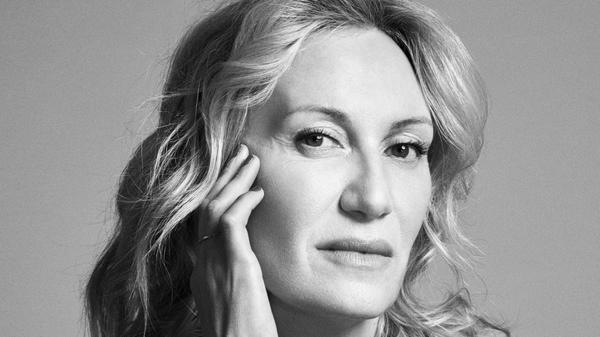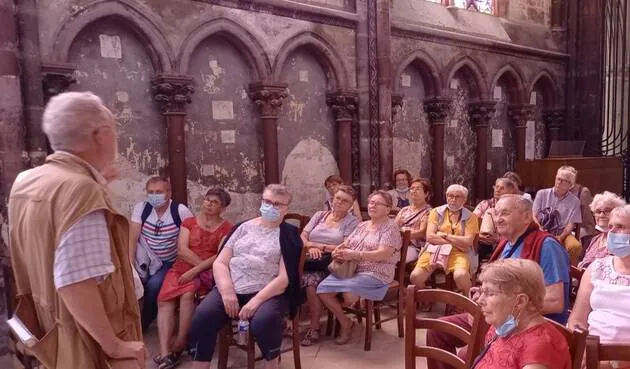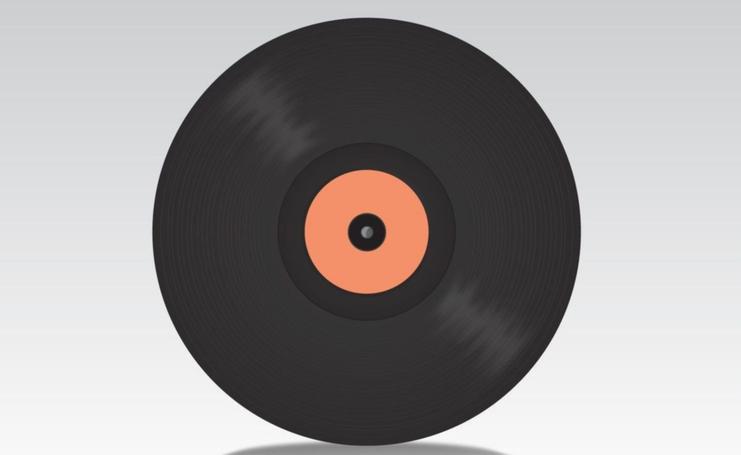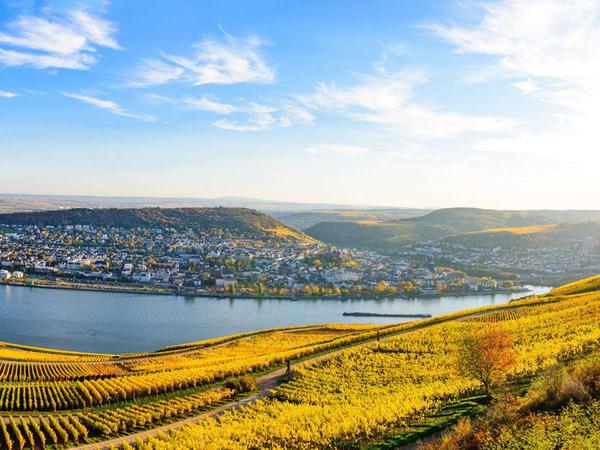Diana Widmaier, Picasso's granddaughter, and the jewels that the genius never wanted to sell
An orange, carrot and ginger juice in a très très bien café with the dome of Les Invalides as a witness. Parisian appointment with Diana Widmaier Picasso, lawyer, high-flying curator, art historian, expert in 17th-century painting (Poussin, Velázquez, Rubens...) and one of the highest authorities on the sculpture of one Pablo Ruiz Picasso.
With proven sensitivity and an encyclopedic background, Diana is the sentimental, intellectual and material treasurer of a piece of World Heritage, as the daughter of Maya Picasso and granddaughter of Marie Thérèse Walter and the great artist from Malaga. And yes, there is something in her features that betrays that connection, as if her figure had escaped from a canvas and had dressed in period blue (in a cheerful version), in that turquoise tone that… her lover loved so much. rival Henri Matisse. "Sometimes people tell me that I look like my grandfather, yes."
people tell me that I look like my grandfather, yes”Although discreet by nature, today's salutes Diana Widmaier Picasso three times. Her because she continues to discover jewels that are completing the puzzle of the catalog raisonné of all the sculptural work of the artist from Les Demoiselles de Avignon; because he is preparing an exhibition that will be called Picasso et Maya and that will be presented next spring in Paris...
...And because one of his professional activities, jewelry design, happily coincides with another exhibition, the one on display at the Picasso in Barcelona, and which reveals a rather private and familiar world of the artist, an exhibition that, thankfully, is extended until January 9, a gift from the Three Wise Men.
Five years ago, Diana Picasso launched an initiative, Mené, which designs jewelry “in 24-carat gold and platinum”, an adventure that she shares with her friend Sunjoo Moon, a creative director who has worked in firms such as Missoni and Kenzo. “Jewels is a field that I know well, because they are like small sculptures, amulets. And this can be seen in my grandfather's works in the Barcelona museum, jewels that are presented as magical talismans”, reasons Diana Widmaier.
Read alsoThe Picasso museum naked: a unique visit to an endless artistic mine
Felip Vivanco / Àlex García (photos)In the hands of the genius's granddaughter, he is drinking forms one of the most ambitious projects around the work of Picasso: completing the catalog raisonné of his sculptural work. It began about fifteen years ago, which means that perhaps the final work will see the light in as many years: "I'm working on it, looking at the collections of the Picasso Museum in Paris, which is preparing a critical catalog of its collection that will be published this fall and that is allowing me to come up with new elements”.
The most serious authors of raisonnés spend 20, 25, 30 years. Time and distance allow the pieces to emerge and come out of the shadows...
Diana Widmaier PicassoArt historian
Widmaier Picasso is a privileged spectator (but also a sufferer) of one of Picasso's great laws, which dictates that the universe of the artist from Malaga never ends. “The process is long. I know authors who work in catalog raisonnés. Those that are more serious dedicate 20, 25, 30 years to completing them, it is normal, because it is an activity parallel to others and because time, distance, allow the pieces to emerge and come out of the shadows…”.
'Indiana' Widmaier Picasso
When the needle appears in the middle of the haystack
What do you feel when you discover something new about your grandfather? "A joy, a total exaltation, a pleasure that you share with the people with whom you investigate," says the historian while she drinks the fruit juice. "We recently found a clue to a sculpture we thought was lost, a piece from 1954 that was on display at Galerie Charpentier. Thanks to a friend who tipped me off, I went to see it." I knew the piece from a black and white photo, it hadn't been seen in a long time. "It was a head that represents a madman. What an emotion," he recalls. "You have to know how to wait to discover, you have to be patient." Sometimes the needle appears in the middle of the haystack. "John Richardson, one of the great experts on my grandfather's work, told me that you can always learn something new, the mystery that surrounds Picasso will always emerge."
Something similar happens with Picasso's sculptures as with jewelry, they are part of a private circuit, less commercial than that of paintings. “You have to keep in mind that a good part of my grandfather's sculptures he kept, he did not give them up, they belonged to his intimate sphere. Either they are in the museum in Paris or they belong to the family or, perhaps, in a private collection. He did not always use the same foundry, he had unique series of ten pieces. That is the value of his work…”
Does being a Picasso mean it's very hard to escape your grandfather figure and the world of art?
A bit, I always had a passion for art, but I first studied law and then tried to “escape” from 20th century art to specialize in 17th century art, a passion that I acquired during my summers in Venice.
But he couldn't escape...
The more I immerse myself in my grandfather's work, the more I feel that spiritual dimension. It is a way of separating myself from man, from grandfather, and getting closer to his work, which is universal, which has that point of spirituality, like jewels.
If I had to choose a 17th century painter…
How difficult, but if I have to single out one person, perhaps it would be Nicolas Poussin. It is a time when my grandfather was very interested in the perfection of drawing, feminine beauty, and these painters are masters of both. There is a very clear connection between one era and the other, between Picasso and Velázquez, the Meninas series, obviously, El Greco...
There is a very clear connection between 17th century painting and the era of my grandfather, who was interested in Poussin, El Greco or Velázquez, with his series of Las Meninas
Diana Widmaier PicassoArt historian¿ Is there any possible comparison between the art market of the 17th century and that of today?
Yes, there are people who think that the phenomenon of the art market is new. In fact, it was built around the 17th century, that appetite for important works, with high prices. The prices of the works of Nicolas Poussin could reach high prices. There was a kind of control exercised by critics like Roger de Piles, who was very influential in driving up the prices for Rubens' paintings. And then there were the collectors, bankers like (Everhard) Jabach.
Bankers and merchants...
Indeed. At the beginning of the 17th century it was the bankers and later the merchants joined them as art collectors. International movements began at the end of the 17th century. In the end, what happens with Picasso is similar, that the market opens up to the United States, to the Germans. The resonance of art then and now is similar. So, the engravings served to circulate the images.
Also read

